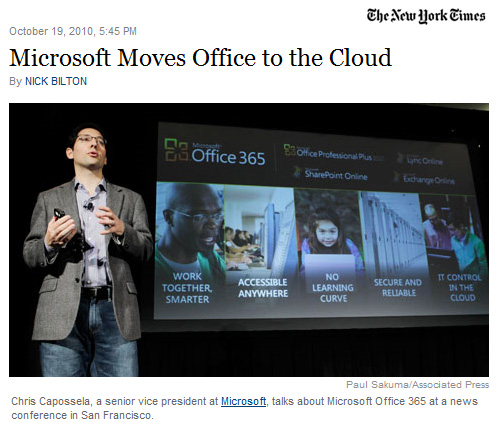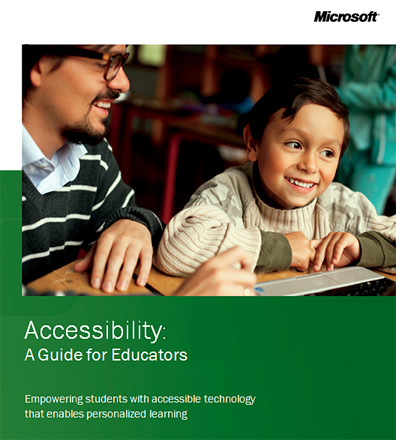Microsoft unveils Windows 8 (video) — from Engadget.com by Sean Hollister
Excerpts:
We’re live from Microsoft Windows president Steven Sinofsky’s keynote at D9, and there’s something rather exciting on stage — a pair of experimental Windows 8 dev boards running an OS that looks very much like Windows Phone 7’s Metro UI. All Things D actually sat down with the man earlier today and got a sneak peek at what to expect starting with the live tiled screen you see above — and yes, like Windows Phone 7, this OS is designed for touch.
There’ll be two kinds of applications for Windows 8, one that runs in a traditional desktop, and the other pseudo-mobile apps based on HTML5 and Javascript, but both environments — rather, the entire OS — have been designed from the ground up for touchscreen use. Keyboard and mouse will still be options for both sets of programs, but there are multiple virtual sets of keys for different form factors, including a split keyboard for vertical slate use. Multitasking is simply a matter of swiping running apps into the center of the screen, and you can pull windows partway to “snap” them in place alongside other windows — even mixing and matching traditional desktop programs with web apps simultaneously (like Twitter alongside your spreadsheet). There’s a new version of Internet Explorer 10 (which runs Silverlight) and an app store built into the touchscreen interface, along with integrated services like Office 365. Microsoft says the new OS will run on laptops, tablets and desktops when it appears — whenever that might be.
Microsoft Finally Officially Unveils Windows 8, and It’s Radically Different — from ReadWriteWeb
Windows 8 Revealed: Microsoft Transforms Windows For The Post-PC Era — from Forester by Sarah Rotman Epps















